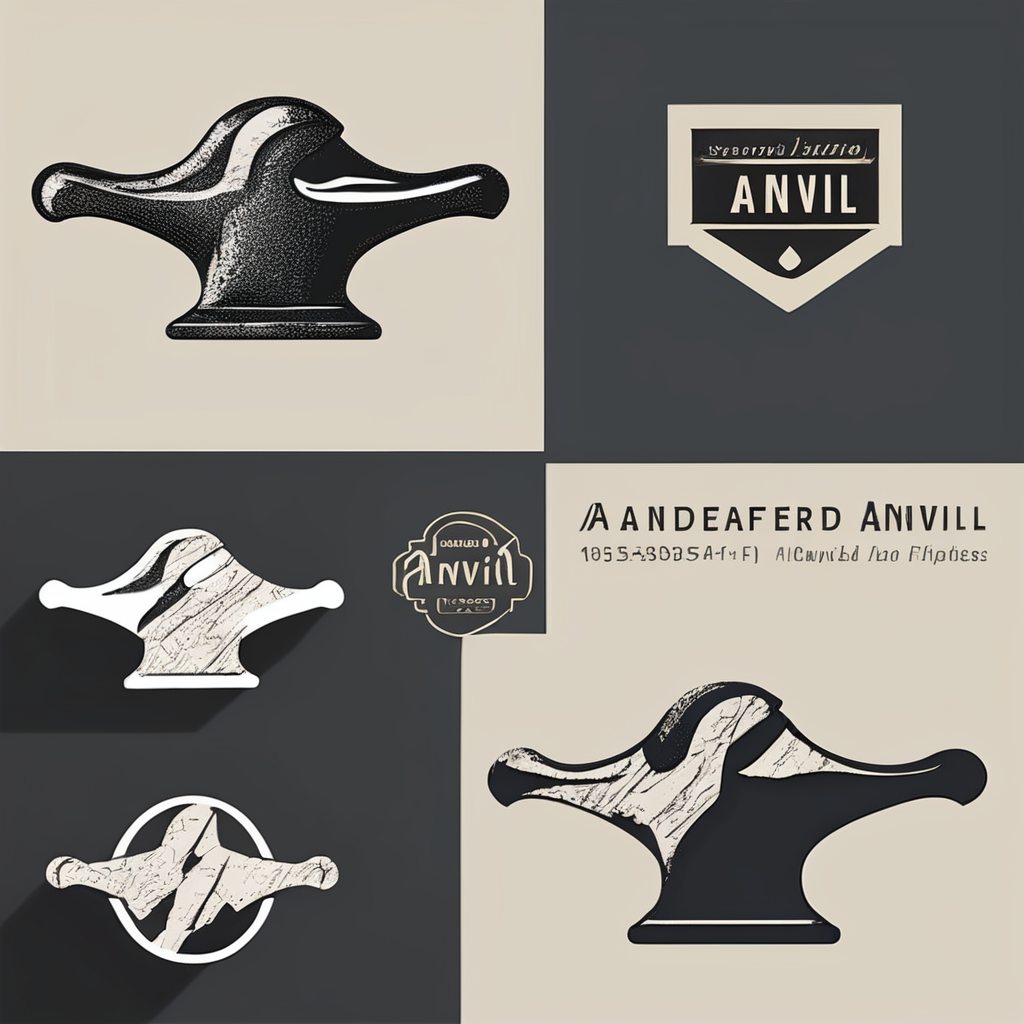Actionable Design Strategies for Small Garden Transformation
Transforming small gardens into inviting spaces requires smart design principles that maximise every inch without crowding. Start by prioritising space-saving garden solutions such as compact seating or built-in storage. These reduce clutter and enhance functionality.
Next, incorporate focal points like a striking sculpture, a water feature, or a vibrant container planting. Focal points draw the eye, making the garden feel larger and more engaging. Unique features add personality and depth, creating more than just a simple green patch.
Topic to read : Discover the benefits of hiring professional london gardeners
Creative use of colour, texture, and materials is also crucial in small garden design ideas. Light-coloured paving can brighten dark corners, while a mix of smooth stones and rough bark adds tactile variety. Consider painting fences in soft pastels to reflect light and visually expand boundaries.
By combining these tactics, small garden design ideas become both practical and visually pleasing. Transforming small gardens isn’t about cramming, but about thoughtful layout and style choices that invite relaxation and enjoyment. Space-saving garden solutions become your allies in creating an outdoor sanctuary even in limited spaces.
This might interest you : How Can You Enhance Your UK Garden with Native Wildlife?
Space-Enhancing Tips and Techniques
Small garden layout tips focus on making the most of limited space by introducing vertical gardening and multi-purpose furniture. Vertical gardening utilises walls, fences, or trellises to grow plants upwards instead of outwards. This frees up ground space and adds greenery at eye level, enhancing the garden’s depth. Multi-purpose furniture such as benches with built-in storage or foldable tables saves floor area while serving multiple functions.
Maximising garden space also involves clever container use and raised beds. Containers are flexible; they can be moved to suit sunlight changes or seasonal planting, adapting the layout without permanent alterations. Raised beds define zones clearly and improve soil conditions, helping plants thrive in small garden designs.
Pathways and zoning improve both flow and accessibility. Narrow, winding paths visually elongate the garden, while distinct zones—for relaxing, dining, or gardening—make the layout organised and welcoming. By combining compact garden solutions like vertical planting with smart pathways, gardeners can achieve a balanced, functional outdoor space that feels open rather than cramped. This strategic approach to small garden layout tips transforms tight areas into practical retreats.
Actionable Design Strategies for Small Garden Transformation
Creating a charming small garden depends heavily on space-saving garden solutions that serve both function and style. Prioritise modular furniture designed to fold away or double as storage—this reduces clutter while maximising usability. Built-in seating with hidden compartments can also be an asset in compact settings.
When transforming small gardens, introducing striking focal points like a textured stone planter or a contrasting colour sculpture can shift attention, making the space feel enhanced and inviting. These features add depth and personality without sacrificing precious space.
Colour and texture are powerful allies in small garden design ideas. Use lighter hues for walls or fences to reflect sunlight, creating the illusion of openness. Mixing materials—like sleek ceramic pots paired with rugged wooden benches—injects tactile variety and visual interest. For instance, a pastel-painted fence nestled behind rich greenery brightens and visually expands areas that might otherwise feel confined.
Overall, combining thoughtful layout, distinctive features, and creative materials ensures your garden not only optimises every inch but also becomes a welcoming haven that feels larger than its footprint.
Actionable Design Strategies for Small Garden Transformation
When transforming small gardens, applying practical space-saving garden solutions is essential. Start by selecting furniture that fits scale and function, such as foldable chairs or benches with built-in storage. These choices prevent overcrowding while adding usable features.
Incorporating focal points is another key small garden design idea. A well-placed feature—like a bold sculpture, a statement planter, or a water element—captures attention and creates a sense of depth without using precious floor space. This visual anchor draws the eye, making the garden feel larger and more dynamic.
Creative use of colour and texture also enhances spatial perception. Lighter shades for fences or walls reflect light, expanding the garden’s feel, while contrasting textures—from smooth pebbles to rough wood—add tactile intrigue. For example, mixing sleek metal pots with rustic wooden trellises enriches the atmosphere and elevates the design.
Together, these strategies maximise spatial efficiency and aesthetic appeal. Employing space-saving garden solutions with carefully chosen focal points and varied materials transforms compact outdoor areas into engaging, enjoyable retreats.
Actionable Design Strategies for Small Garden Transformation
When transforming small gardens, practical space-saving garden solutions are crucial to optimise limited areas without sacrificing style. Start by choosing multi-functional furnishings that combine seating with storage or fold effortlessly to free up space when not in use. Such solutions balance utility and design seamlessly.
Integrating carefully positioned focal points enhances visual interest and depth. A textured stone planter or a sculptural water feature becomes an eye-catching centerpiece, redirecting focus and making the garden feel more expansive. These elements add personality without cluttering.
The creative use of colour, texture, and materials notably influences perception of space. Lighter colours on fences or walls reflect natural light, visually expanding boundaries. Pairing smooth ceramics with rustic timber introduces intriguing contrasts that enrich the garden’s atmosphere. For example, pale pastel fences paired with lush greenery brighten and open compact areas.
By combining these strategies—thoughtful furniture selection, standout focal points, and varied textures—small garden design ideas become actionable plans. Such an approach ensures the garden is inviting, functional, and visually enhanced, demonstrating how careful choices elevate even the smallest outdoor spaces.










